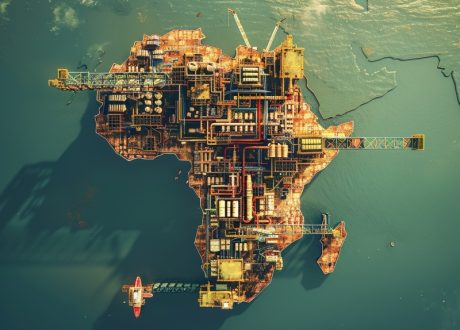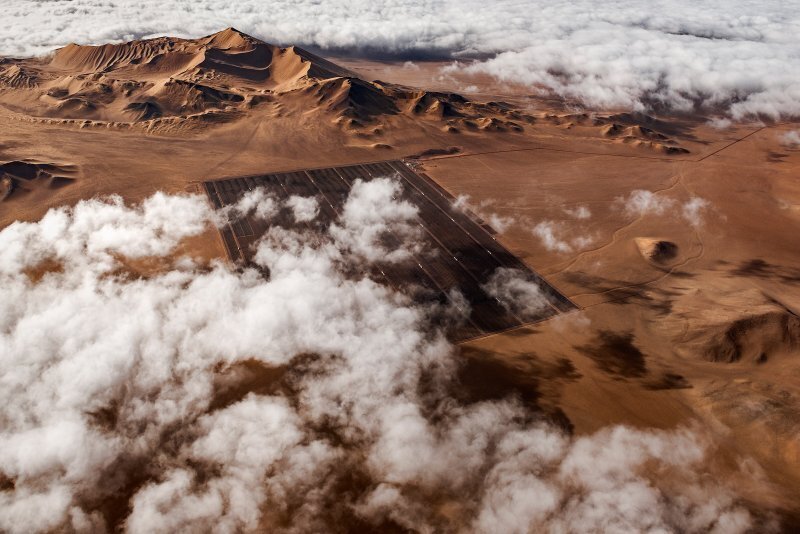
Report highlights 2 Egyptian projects among major clean energy ventures in N.Africa
A report by Energy Capital & Power highlighted two Egyptian projects – Suez Wind Power ...

I came to focus on climate change indirectly—through the problem of energy poverty. In the early 2000s, I learned that about a billion people didn’t have reliable access to electricity and that half of them lived in sub-Saharan Africa. (The picture has improved since then, though today roughly 860 million people don’t have electricity.) In remote villages, Melinda and I met women and girls who spent hours every day collecting firewood so they could cook over an open flame in their homes. We met kids who did their homework by candlelight.
I thought about our foundation’s motto—“Everyone deserves the chance to live a healthy and productive life”—and how it’s hard to stay healthy if your local medical clinic can’t keep vaccines cold because the refrigerators don’t work. And it’s impossible to build an economy where everyone has job opportunities if you don’t have massive amounts of reliable, affordable electricity for offices, factories and call centers. I began to think about how the world could make energy affordable and reliable for the poor. But the more I learned, the more I came to understand the dilemma of energy and climate change: although the world needs to provide more energy so the poorest can thrive, we need to provide that energy without releasing any more greenhouse gases. In fact, we need to eliminate our emissions, all the way to zero.
The climate is like a bathtub that’s slowly filling up with water. Even if we slow the flow of water to a trickle, the tub will eventually fill up and water will come spilling out onto the floor. That’s the disaster we have to prevent. To stop filling the tub—to get to zero—we have to understand everything we do to cause emissions. Did you brush your teeth this morning? The toothbrush probably contains plastic, which is made from petroleum, a fossil fuel. If you ate breakfast, the grains in your toast and cereal were grown with fertilizer, which releases greenhouse gases when it’s made. They were harvested by a tractor that was made of steel—which is made with fossil fuels in a process that releases carbon—and ran on gasoline. If you had a burger for lunch, as I do occasionally, raising the beef caused greenhouse-gas emissions—cows burp and fart methane—and so did growing and harvesting the wheat that went into the bun. In short, fossil fuels are practically everywhere.
Some sources of emissions, like electricity and cars, get lots of attention, but they’re only the beginning. The biggest contributor to climate change is manufacturing—making things like steel, cement and plastic—at 31% of global emissions. Second in line is producing electricity, at 27% of emissions; after that comes growing things like crops, at 19%. Transportation comes in fourth, at 16%, followed by the emissions from heating and cooling buildings. These percentages are less important than the overall point: any comprehensive plan for climate change has to account for all the activities that cause emissions, and that’s much more than making electricity and driving cars. Unless you’re looking across all five areas—how we plug in, make things, grow things, move around, and keep cool and stay warm—you’re not going to solve the problem.
It’s also crucial to understand how much getting to zero will cost. Right now, the primary reason the world emits so much greenhouse gas is that fossil- fuel technologies are by and large the cheapest energy sources available. In part, that’s because their prices don’t reflect the environmental damage they inflict. In other words, moving our immense energy economy from “dirty,” carbon-emitting technologies to ones with zero emissions will cost something. These additional costs are what I call Green Premiums. For example, the average retail price for a gallon of jet fuel in the U.S. over the past few years is $2.22. Advanced biofuels for jets, to the extent they’re available, cost on average $5.35 per gallon. The Green Premium for zero-carbon fuel, then, is the difference between these two prices, which is $3.13. That’s a premium of more than 140%.
A report by Energy Capital & Power highlighted two Egyptian projects – Suez Wind Power ...
The opening concert of the Annual Meeting 2025 in Davos-Klosters will address the pressing issues ...
Juhayna Food Industries proudly announced that its agricultural arm, El Enmaa for Agricultural Development, has ...


اترك تعليقا